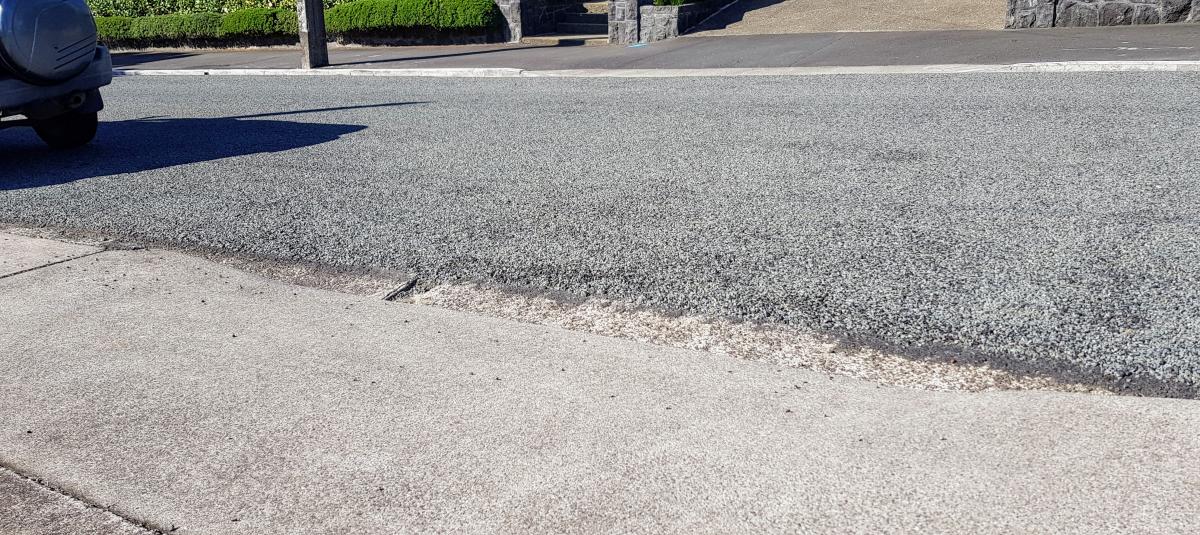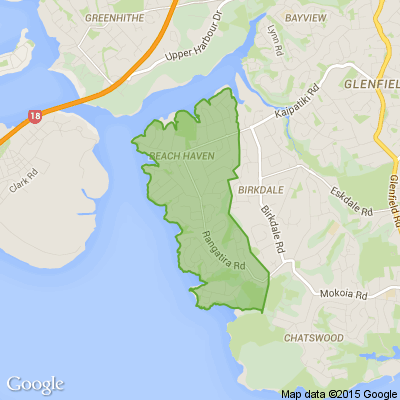Kaipātiki Local Board calls for an end to chip seal
Today the Kaipatiki Local Board officially called on Auckland Transport to immediately stop resealing suburban roads in chip seal, and for Auckland Transport and Auckland Council to prioritise spending in the 2021–2031 Regional Land Transport Plan (RLTP) to ensure that all of Auckland’s suburban roads are sealed to a safe, usable and quality standard, such as asphaltic concrete (or equivalent). The motion passed the vote 5:3.
Now our formal request is heading to the board of Auckland Transport, the Mayor and Councillors for a response.
We have heard you loud and clear. The modern methodology of laying small, loose chips on the road is not working and causing many issues and concerns. In many instances, the chips are continuing to shed from the road for months or years after being laid.
Please read the full request below.
To read the background of this issue, comments from the public and supporting documents from the meeting agenda, download the PDF from here (3MB):
www.johngillon.co.nz...
Moved: Chair John Gillon; Seconded: Deputy Chair Danielle Grant
That the Kaipātiki Local Board:
a) note that according to the Auckland Transport Reseal Guidelines that were adopted in 2014, the chip seal method “must” be used to reseal all roads unless specific criteria apply (as listed in section 5.1 of the guidelines), meaning that most suburban roads across Auckland will be resealed in chip seal, or be partially resealed in chip seal, under this policy, even where they were previously sealed in asphaltic concrete.
b) note the considerable concern and anxiety from Kaipātiki residents over the effects that chip sealed roads are currently having on the community and environment, including (but not limited to):
· vehicles having windscreens cracked, brake discs damaged, brake pad sensors and ABS sensors damaged, and paint scratched by loose chips flicked up when driven over (even at slow speeds)
· cars, motorbikes and bicycles skidding on loose chips
· children having difficulty skating, scootering, trike-riding and bike-riding on footpaths covered in loose chips
· damage caused to carpets, wooden floors and decks after loose stones are tracked into houses
· loose chips on the berm grass flicked up by lawn mowers at pedestrians, cyclists and passing vehicles
· loose chips accumulating in the gutter and stormwater network
· increase in noise to neighbouring residents from vehicles driving over loose chip seal
· bare patches on roads where chips have shed.
c) express concern at the numerous safety issues that the Auckland Transport Reseal Guidelines are having on the users of suburban roads that have been resealed with chip seal in the last few years, including pedestrians, school children, cyclists, motorists, skaters, scooters, prams and dogs.
d) express concern that for many chip-sealed roads, loose chips continue to travel onto footpaths and grass berms, down driveways, into houses, and onto neighbouring asphalt-sealed roads for weeks, months - and in some cases years – after they are laid, and after multiple sweeps of the road.
e) express concern that the grade of stone used in chip seal surfaces appears to be a smaller chip than used in the past, and that the current method used is resulting in much more loose chip shedding from the road than in the past, acknowledging that some roads have always been chip-sealed but that the extent of shedding (and resulting problems) has never been at the level per road that we are now seeing.
f) considers that a change from asphaltic concrete to a loose chip seal surface is effectively a downgrade to an inferior quality of road seal and a drop in standard of a core council responsibility, even where it complies with Waka Kotahi NZ Transport Agency’s "M6 Chip Sealing Standards".
g) request that Auckland Transport immediately stop resealing suburban roads in chip seal, and update the Auckland Transport Reseal Guidelines with a revision that endorses asphaltic concrete (or equivalent) road surfaces as the default surface, rather than chip seal.
h) request that Auckland Transport and Auckland Council prioritise spending in the 2021– 2031 Regional Land Transport Plan (RLTP) to ensure that all of Auckland’s suburban roads are sealed to a safe, usable and quality standard, such as asphaltic concrete (or equivalent), acknowledging that this will require a considerable increase in budget allocation and may not qualify for subsidy from Waka Kotahi NZ Transport Agency.
i) note that while Auckland Transport is empowered with governance, management and decision-making of Auckland’s road corridors, it does not own the roads (Local Government (Auckland Council) Act 2009, Section 46, Clause 4), and it is the duty of elected members to raise concerns about Auckland Transport’s decisions and management on behalf of the people of Auckland who do own the roads via the Auckland Council.
j) request that this resolution and the associated Notice of Motion report and attachments are circulated to the Auckland Transport Board, the Mayor and Auckland Council Governing Body members, the Independent Māori Statutory Board, and all Local Board members for their information and action.
- CARRIED 5:3

Neighbourhood Challenge: Who Can Crack This One? ⛓️💥❔
What has a head but no brain?
Do you think you know the answer? Simply 'Like' this post if you know the answer and the big reveal will be posted in the comments at 2pm on the day!
Want to stop seeing these in your newsfeed?
Head here and hover on the Following button on the top right of the page (and it will show Unfollow) and then click it. If it is giving you the option to Follow, then you've successfully unfollowed the Riddles page.

Some Choice News!
Many New Zealand gardens aren’t seeing as many monarch butterflies fluttering around their swan plants and flower beds these days — the hungry Asian paper wasp has been taking its toll.
Thanks to people like Alan Baldick, who’s made it his mission to protect the monarch, his neighbours still get to enjoy these beautiful butterflies in their own backyards.
Thinking about planting something to invite more butterflies, bees, and birds into your garden?
Thanks for your mahi, Alan! We hope this brings a smile!








 Loading…
Loading…